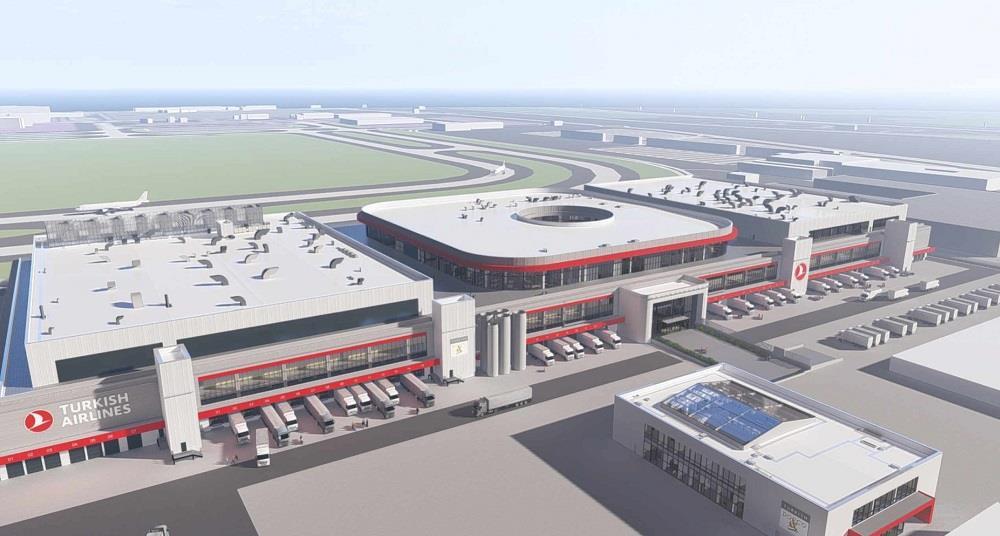Company
Legal Links
Contact
- +44 7947 753363
- contact@skylineairporttransfers.co.uk
- 6 Walsall Street Bilston Wolverhampton WV14 0AT
Recent Posts
© Skyline Airport Transfers. Created by![]() Beaphoenix WebDesign ltd
Beaphoenix WebDesign ltd
Popular Locations:
Birmingham: Aston, Bournville, Edgbaston, Erdington, Great Barr, Hall Green, Handsworth, Harborne, Northfield, Quinton, Soho, Sutton Coldfield, Amblecote, Brierley Hill, Coseley, Cradley, Gornal, Halesowen, Kingswinford, Lye, Netherton, Sedgley, Stourbridge, Quarry Bank, Bearwood, Blackheath, Cradley Heath, Great Bridge, Old Hill, Rowley Regis, Smethwick, Tipton, Tividale, Wednesbury, West Bromwich, Balsall Common, Bickenhill, Castle Bromwich, Chelmsley Wood, Dorridge, Elmdon, Hampton in Arden, Kingshurst, Knowle, Marston Green, Meriden, Monkspath, Hockley Heath, Shirley, Aldridge, Birchills, Bloxwich, Brownhills, Darlaston, Leamore, Palfrey, Pelsall, Pheasey, Shelfield, Streetly, Willenhall, Bilston, Blakenhall, Bushbury, Compton, Ettingshall, Heath Town, Oxley, Penn, Tettenhall, Wednesfield, Burntwood, Lichfield, Cannock, Rugeley, KIDDERMINSTER, Brierly Hill,
STOURPORT-ON-SEVERN
Coventry: Allesley, Binley, Keresley, Stoke, Tile Hill
Leicester: Abbey Rise, Ashton Green, Aylestone, Beaumont Leys, Bede Island, Belgrave, Blackfriars, Braunstone, Braunstone Frith, Bradgate Heights, Clarendon Park, Crown Hills, Dane Hills, Evington, Evington Valley, Eyres Monsell, Frog Island, Goodwood, Hamilton, Highfields, Horston Hill, Humberstone, Humberstone Garden, Kirby Frith, Knighton, Mowmacre Hill, Netherhall, Newfoundpool, New Parks, North Evington, Northfields, Rowlatts Hill, Rowley Fields, Rushey Mead, Saffron, Southfields, South Knighton, Spinney Hills, Stocking Farm, Stoneygate, St. Matthew’s, St. Mark’s, St. Peters, Thurnby Lodge, West End, West Knighton, Western Park, Woodgate
Derby: Matlock, Ripley, Ashbourne, ILKESTON, SWADLINCOTE , BURTON-ON-TRENT, BAKEWELL,
ALFRETON, BELPER, HEANOR
Telford: Market Drayton, Newport, Shifnal, Broseley, Much Wenlock
Stoke: Stoke-on-Trent, Newcastle, Leek, Uttoxeter, Stone, Stafford
Worcester: Worcester, Droitwich, Pershore, Broadway, Evesham, Malvern, Tenbury Wells
Gloucester: Gloucester, Cheltenham, Stroud, Cirencester, Tewkesbury, Badminton, Berkeley, Blakeney, Chipping Campden, Cinderford, Coleford, Drybrook, Dursley, Dymock, Fairford, Lechlade, Longhope, LydbrookLydney, Mitcheldean, Moreton-in-Marsh, Newent, Newnham, Ruardean, Stonehouse, Tetbury, Westbury-on-Severn, Wotton-under-Edge.
Nottingham: Nottingham, Sutton-in-Ashfield, Mansfield, Newark, Southwell, Grantham, Sleaford
Leicester: Leicester, Hinckley, Loughborough, Melton Mowbray, Oakham Market, Harborough, Lutterworth, Wigston, Ashby-de-la-Zouch, Ibstock, Markfield
Oxford: Oxford, Kidlington, Chipping Norton, Thame, Wallingford, Didcot, Wantage, Abingdon, Banbury, Carterton, Woodstock, Bicester, Witney, Chinnor, Watlington
Chester: Chester, Deeside, Bagillt, Buckley, Holywell, Birkenhead, Preston, Wallasey, Wirral, Neston, Ellesmere Port, Prenton
Airports we serve:
BHX: Birmingham Airport
EMA: East Midlands Airport
LHR: London Heathrow Airport
MAN: Manchester Airport
LGW: London Gatwick Airport
LTN: London Luton Airport
SOU: Southampton Airport
BRS: Bristol Airport
LPL: Liverpool John Lennon Airport
LCY: London City Airport
STN: London Stansted Airport



Airbus is aiming to start certification work on a 160-seat version of its A220 this year, part of a continuing effort to improve the twinjet’s capabilities.
Such a version had previously been pitched by Bombardier, who developed the aircraft as the CSeries before Airbus took over the programme in 2018.
Speaking during a briefing in Toulouse on 11 June, A220 chief engineer Jean-Francois Parent said there was a “strong request from the market” for the higher seat-count.
The European Union Aviation Safety Agency currently permits a maximum of 149 passengers on the A220-300, which is conditional on the overwing exit meeting “over-performing” Type III criteria – including a dual-lane evacuation slide.
Bombardier’s proposal for a 160-seat high-density variant required a second overwing exit, and Parent indicates that Airbus would also have to pursue such a modification.
Parent says the aircraft has undergone changes since service entry which have resulted in a “significant improvement” in time-on-wing for the Pratt & Whitney PW1500G engines, with the current configuration addressing 90% of engine-removal drivers.
He adds that the manufacturer is “learning a lot” from the A320neo, with planned improvements to the A220 set to include enhanced climb derate.
This will allow reduced use of the engines during climb – increasing the time-on-wing – while retaining the maximum climb capability, giving operators flexibility.
Another improvement taken from the aircraft’s “big brother”, says Parent, is ‘dual motoring to start’ – a fully-automated system which will enable crews to start both engines more quickly at the gate. This will require software updates to the full-authority digital engine control and avionics.
Parent adds that a runway overrun awareness and alerting system will be introduced on the A220 in 2026, a year in which a new cabin interior – with larger overhead bins – will enter service with launch customer Air Canada.
Source link
Share This:
admin
Plan the perfect NYC Memorial Day weekend
Pack only what you need and avoid overpacking to streamline the check-in and security screening…
LA’s worst traffic areas and how to avoid them
Consider using alternative routes, such as Sepulveda Boulevard, which runs parallel to the 405 in…
Turkish Airlines embarks on major infrastructure projects including cargo and MRO centres
Turkish Airlines has participated in groundbreaking ceremonies for multiple infrastructure projects including Turkish Technic’s engine…
IAG names successor as finance chief Cadbury steps down
British Airways and Iberia parent company IAG’s chief financial officer, Nicholas Cadbury, is to step…
Nacelle damage to 737 undetected until day after Faro landing incident: investigators
Portuguese investigators have disclosed that a Ryanair Boeing 737-800 flew four flights before the discovery…
US military intercepts Russian-linked oil tanker Bella 1 in North Atlantic
The US military has seized a Russian-flagged oil tanker in international waters off the coast…
Performance indicators feature in revised Russian flight-safety programme
Russia’s government has approved a new flight-safety programme on which it intends to establish a…
BA A380 turbulence probe credits live-weather app with limiting injury risk
UK investigators have highlighted the benefit of access to real-time weather apps, after a turbulence…
Armed Forces of Malta signs deals for extra Beechcraft King Air maritime patrol aircraft and Leonardo Helicopters AW139
The Armed Forces of Malta Air Wing is to expand its fleets of Beechcraft King…
Russia arms Shahed drones with anti-aircraft missiles to target Ukrainian fighters and helicopters
In the latest instance of rapidly evolving drone tactics being used in the Russia-Ukraine War,…
Airlines cancel hundreds of Schiphol flights as winter storms hit KLM and Air France operations
Amsterdam’s Schiphol airport has been besieged by a fierce winter storm, resulting in hundreds of…
Aeroflot Group carries out CFM56 engine repairs at newly-certified in-house MRO division
Russian operator Aeroflot Group has carried out initial repairs to Airbus A320 engines at its…